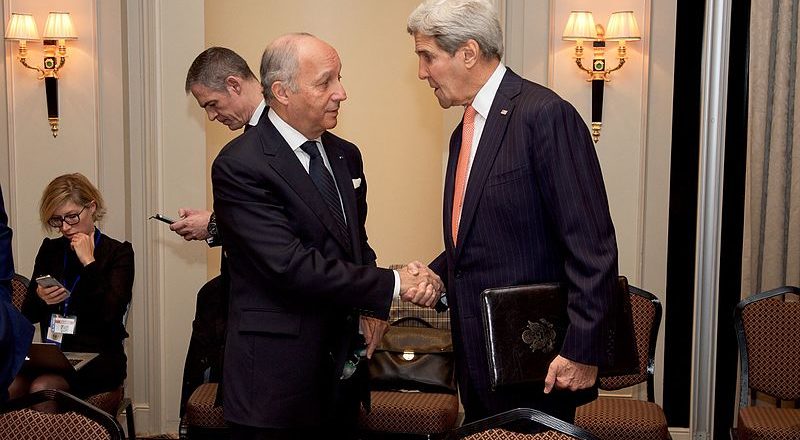A nation must think before it acts.
A string of lone wolf terrorist attacks in France, Germany, the United States and elsewhere suggests that the phenomenon continues to spread and that it is growing increasingly lethal. Between October 2015 and August 2016 radicalized individuals, as well as “wolf packs,” carried out over 20 attacks in response to the Islamic State’s call to indiscriminately kill “nonbeliever” civilians.
The lone-wolf strategy benefits the Islamic State (also known as ISIS) in several ways. First, it is cheap and relatively easy. It requires no planning on its part or even contact with, or knowledge of, the perpetrators. Second, lone wolves frustrate preventive measures since they cannot be identified ahead of time, given they have no direct connection to ISIS, and in this way, shelters the group’s Western networks from possible exposure. Third, these attacks are damaging to both a nation’s psychology and its leadership, raising fear and inciting alarmism among civilians while making governments appear helpless and even incompetent. And fourth, the worldwide proliferation of lone-wolf terrorism boosts ISIS’ image, demonstrating its reach and appeal to both enemies and sympathizers.
A strategic logic also motivates the Islamic State to rely more on independent actors. With its defeats in Iraq, Syria, and Libya, the group is desperate for payback, and attacks by inspired supporters not only serve that purpose but are also an important force multiplier that works as a swarming tactic. A large number of uncoordinated attacks in a short period of time could upset the delicate balance of freedom and security in Western societies and bolster its own political objectives, such as using anti-Islamic sentiment in the West to feed its propaganda machine.
ISIS is hardly the first jihadi group to call for “leaderless jihad,” a term coined by Marc Sageman, an expert on terrorist networks. Al Qaeda preceded ISIS on this front, but with greater caution and much less success. After the United States crippled its operations following the 9/11 attacks, al Qaeda deviated from its original strategy and began promoting a decentralized jihad. Having lost its safe haven and training camps in Afghanistan, the group sought to reconstitute them in cyberspace and, through the Internet, disseminated training manuals and instructed followers on how to carry out attacks. The Saudi branch of al Qaeda even used the online journal, Mu’askar al-Battar, for virtual training. Several years later, its Yemeni branch produced Inspire magazine, which included instructional articles such as “How to make a bomb in the kitchen of your mom.”




